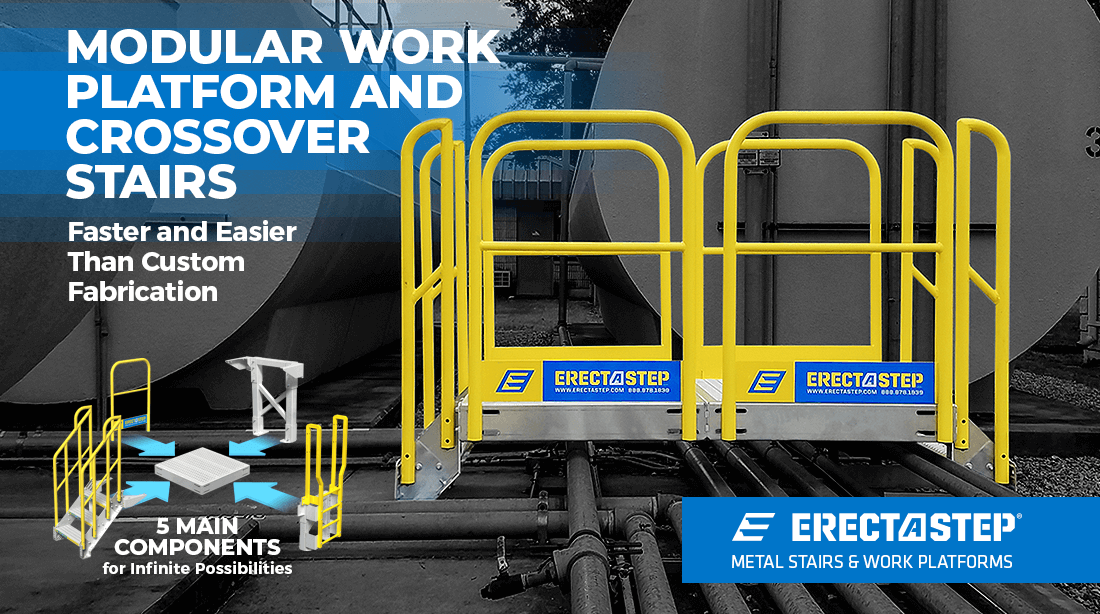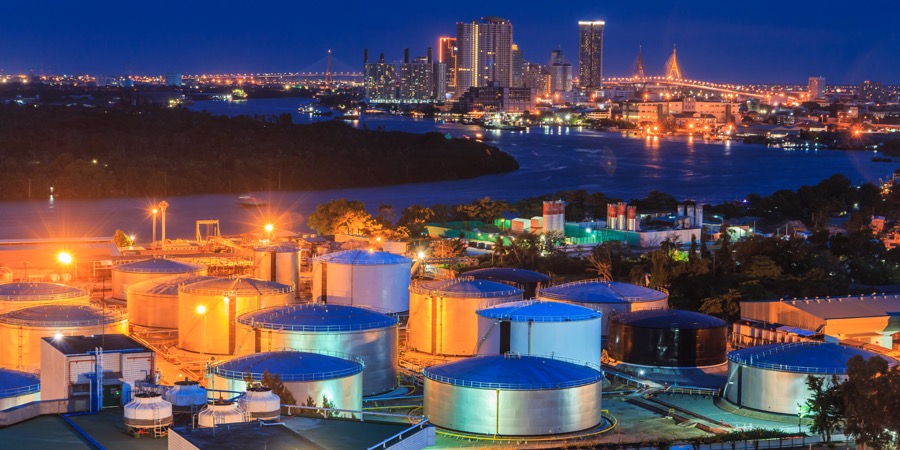Sentinel Midstream, through its subsidiary Texas GulfLink, has said the US Coast Guard and United States Maritime Administration have released Texas GulfLink’s Draft Environmental Impact Statement (DEIS).
Texas GulfLink will include an onshore oil storage terminal connected by a 42-inch pipeline to a manned offshore platform approximately 48 km off the Gulf coast. From the platform, the crude oil will be transported to two single point mooring buoys to allow for VLCCs to receive up to 2M bbls of crude oil with loading rates up to 85,000 bbls/hour.
It said the DEIS is a critical step in the regulatory process toward receiving a licence to operate a deepwater port. Texas GulfLink is a planned deepwater crude oil export facility, to be located off the coast of Freeport, Texas, that will be capable of fully loading VLCCs.
Sentinel Midstream president and chief executive Jeff Ballard said: “The Texas GulfLink team has been actively working with the United States Maritime Administration and the United States Coast Guard to address questions and provide additional information relevant to the DEIS. We are pleased with the release of the DEIS, which represents a major milestone in our goal of obtaining a deepwater port licence.”
He added: “Recognising these are challenging times for the energy industry, we strongly believe the energy market will recover as global demand stabilises and that Texas GulfLink will be uniquely positioned to benefit from this recovery. It will address the current VLCC loading limitations off the Texas coast by offering a more safe, reliable, and economic crude oil movement solution.”
Texas GulfLink will allow for more efficient loading of VLCCs, which will significantly reduce overall emissions, including carbon and other greenhouse gases, by approximately 80 percent when compared to the cumulative effects of reverse lightering, the current ship-to-ship transfer practice off the Texas coast.
For more information visit www.texasgulflink.com












